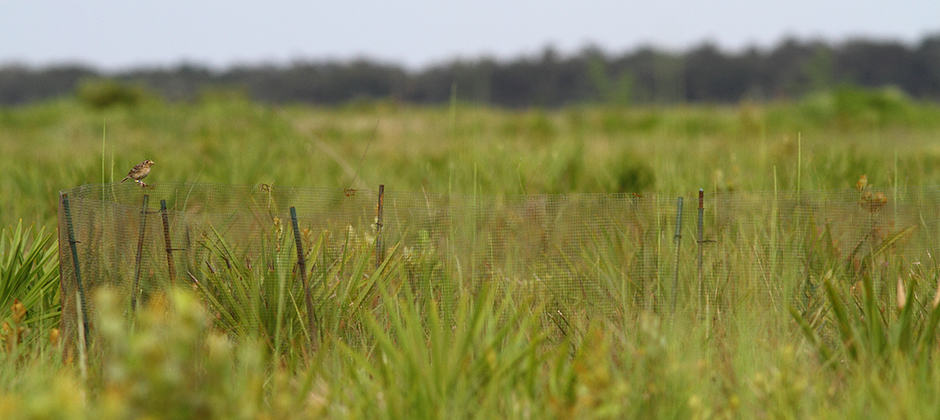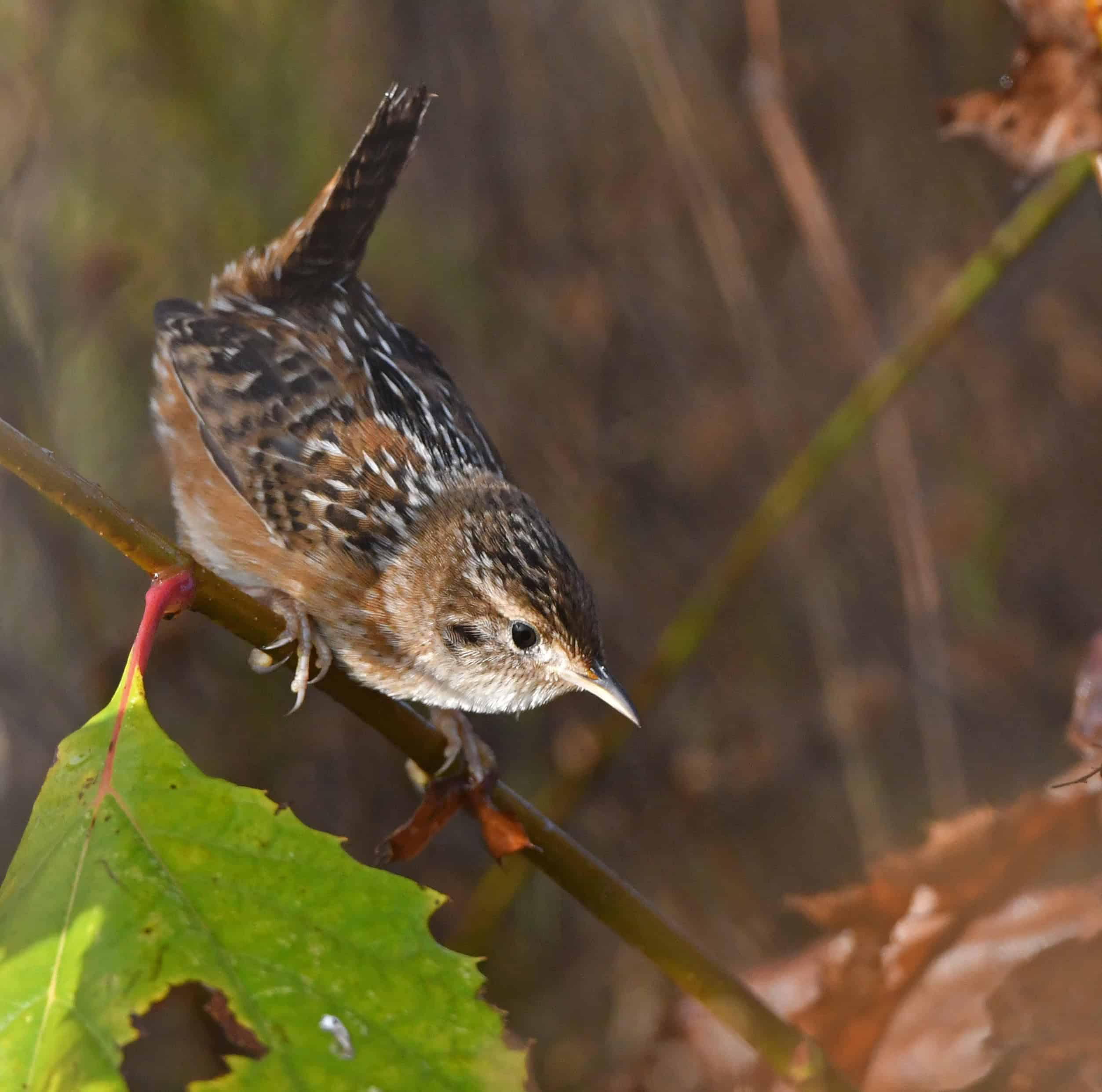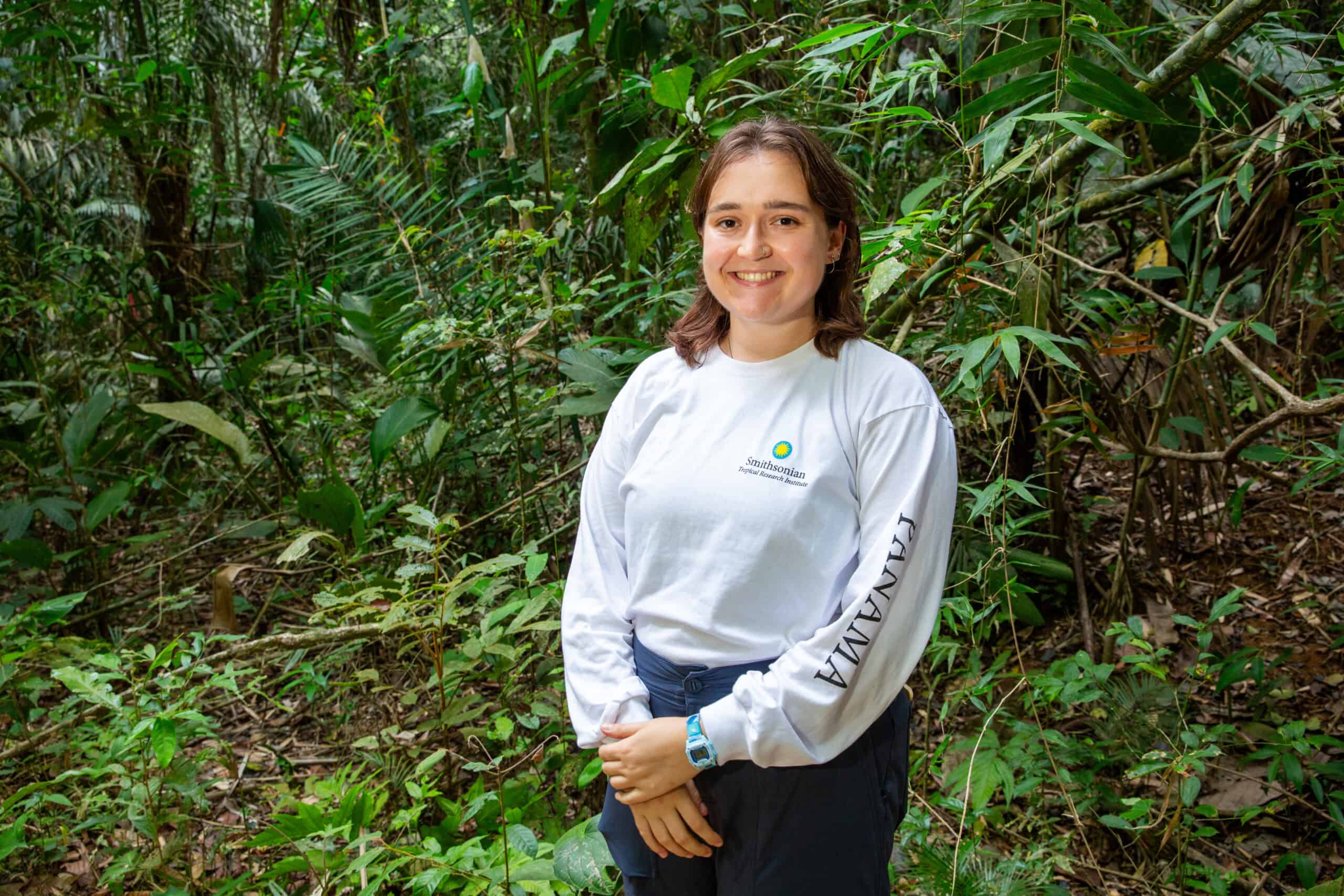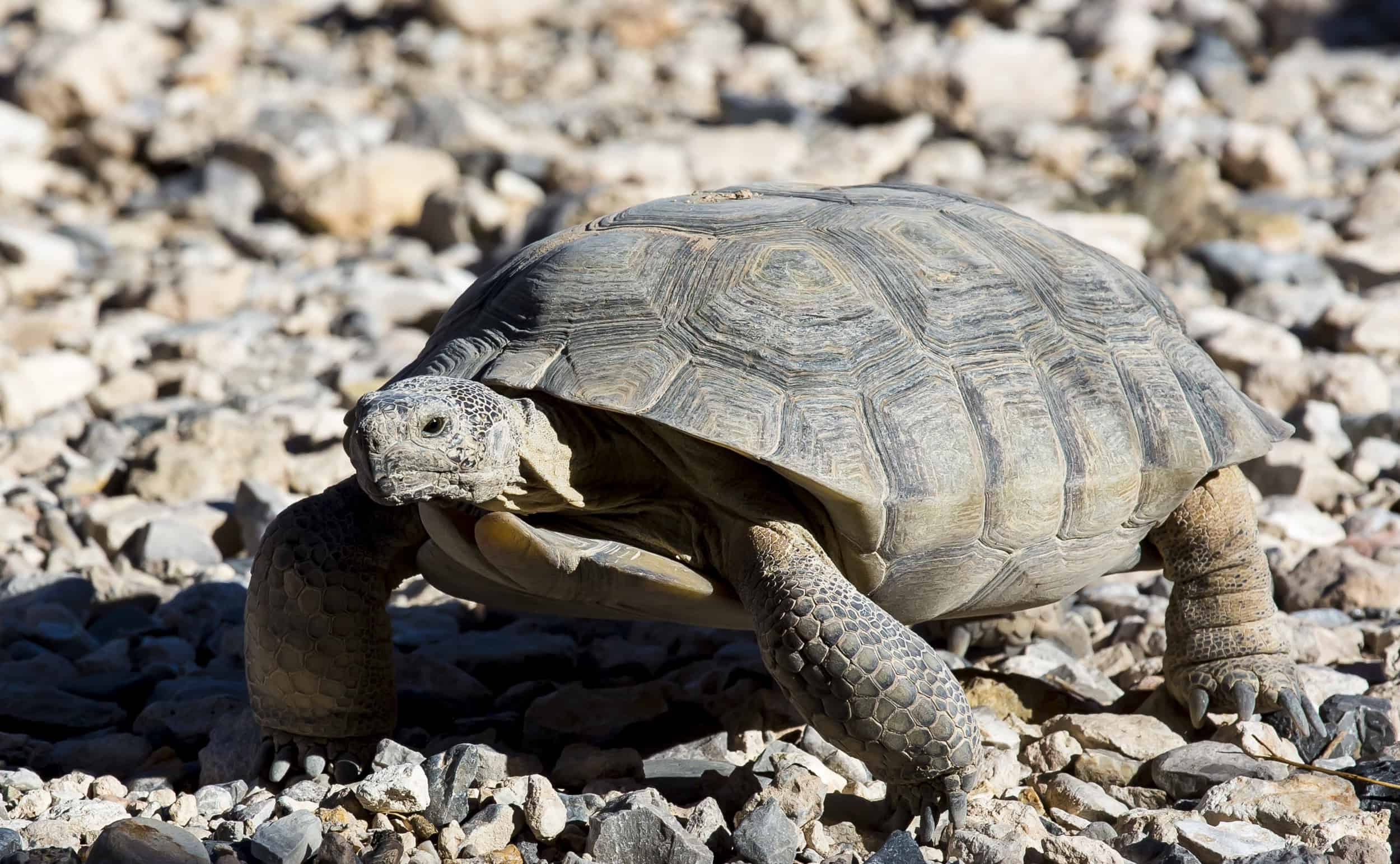Share this article
Fences keep predators from grasshopper sparrow nests
Small fences are keeping predators away from endangered songbird nests in Florida, buying the birds precious time while wildlife managers organize a larger landscape-wide conservation plan.
“Reducing the predation by mammals had a really strong effect,” said Erin Ragheb, a biologist who was working with the Florida Fish and Wildlife Conservation at the time she conducted this study, recently published in the Journal of Field Ornithology.
Florida grasshopper sparrows (Ammodramus savannarum floridanus) are found only in their namesake state, and their numbers are dropping rapidly with likely only about 100 adults left, according to 2019 surveys. They are listed as endangered by the U.S. Fish and Wildlife Service, due in part to a “really abysmal” nest survival rate, Ragheb said.
The largest population of these sparrows is in the Three Lakes Wildlife Management Area, a dry prairie environment south of Orlando. But wildlife managers found that nests in this area were often being preyed on by eastern spotted skunks (Spilogale putorius), corn snakes (Pantherophis guttatus) and black racers (Coluber constrictor).
“The predation rates at that site were unsustainable,” Ragheb said.
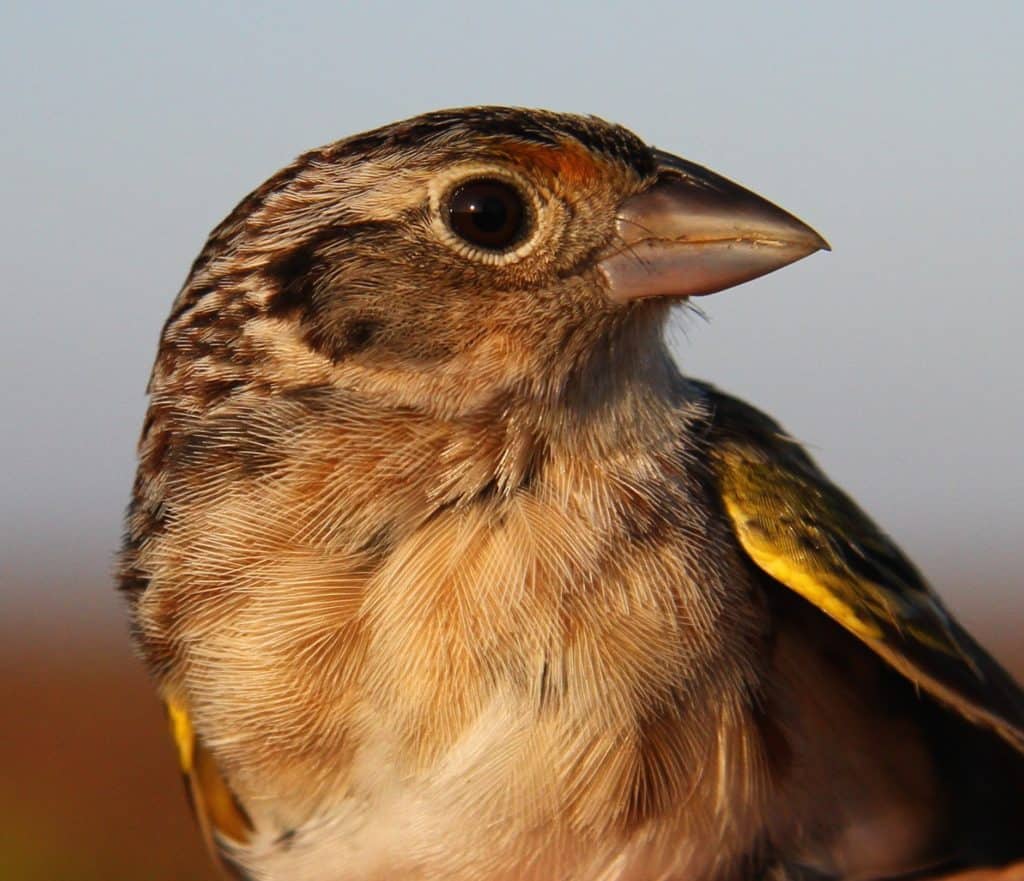
Florida grasshopper sparrows may be down to as few as 100 adults left in the wild. ©Neil Pearson
Previous attempts to put fences around another endangered sparrow, the Cape Sable Seaside Sparrow, failed when the birds took issue with the barriers and would not return to the nest.
But Ragheb and her field team worked with a number of different material and designs to create several types of fences. They put cat food and different types of bait out, enclosed by the difference fence types. Then, they installed camera traps to see which kind would best keep out skunks.
The team finally settled on a design using fine mesh with an open top. They attached a foam strip to landscaping to stop snakes or small rodents from crawling under the mesh when the ground was uneven.
“The fences are only 2 feet tall, and there’s no reason why the skunks couldn’t climb over, but for the most part they just don’t,” Ragheb said. “They appear to be opportunistic foragers — we assume they must walk through the prairies and turn left or right when they reach a fence.”
Luckily, she said the birds also responded well. “This is an exciting solution, but it’s a temporary solution. Ultimately we’re seeking habitat management solutions to learn more about the predator communities and how to manage predators at the larger scale.”
In nearby ranch land, Ragheb said a Florida grasshopper sparrow population — one of four in existence including the Three Lakes birds — suffers from predation from skunks and snakes, but also faces a more insidious invasive threat: red imported fire ants (Solenopsis invicta).
“Our fences obviously do nothing to keep ants out,” Ragheb said, especially since they can tunnel under fences and pop up from underneath nests.
Currently the only way to protect sparrow nests is by injecting nearby fire ant nests with boiling water, a technique developed by researchers at the University of Central Florida.
“At this point the sparrow is so critically endangered that every single nest matters. Every single chick matters,” Ragheb said, adding that there is more to be gained than lost by protecting individual nests.
The USFWS is currently working with White Oak Conservation Center in Florida to establish a captive flock as a backup, and they have had some early success in captive breeding and releasing birds to the wild.
The good news, Ragheb said, is that if most nests can be protected, there is a possibility for recovery since the sparrows are prolific breeders, nesting as many as three to five times a season in the same area. Through their nest protection efforts, she said a single female went from producing almost no young to up to 12 a season.
“I think it’s really encouraging that we were able to find a technique that’s successful that elevates the populations in the wild,” Ragheb said.
Header Image: Low fence enclosures are helping to protect highly endangered Florida grasshopper sparrow nests from spotted skunks and other small mammals. ©Juan Oteyza



